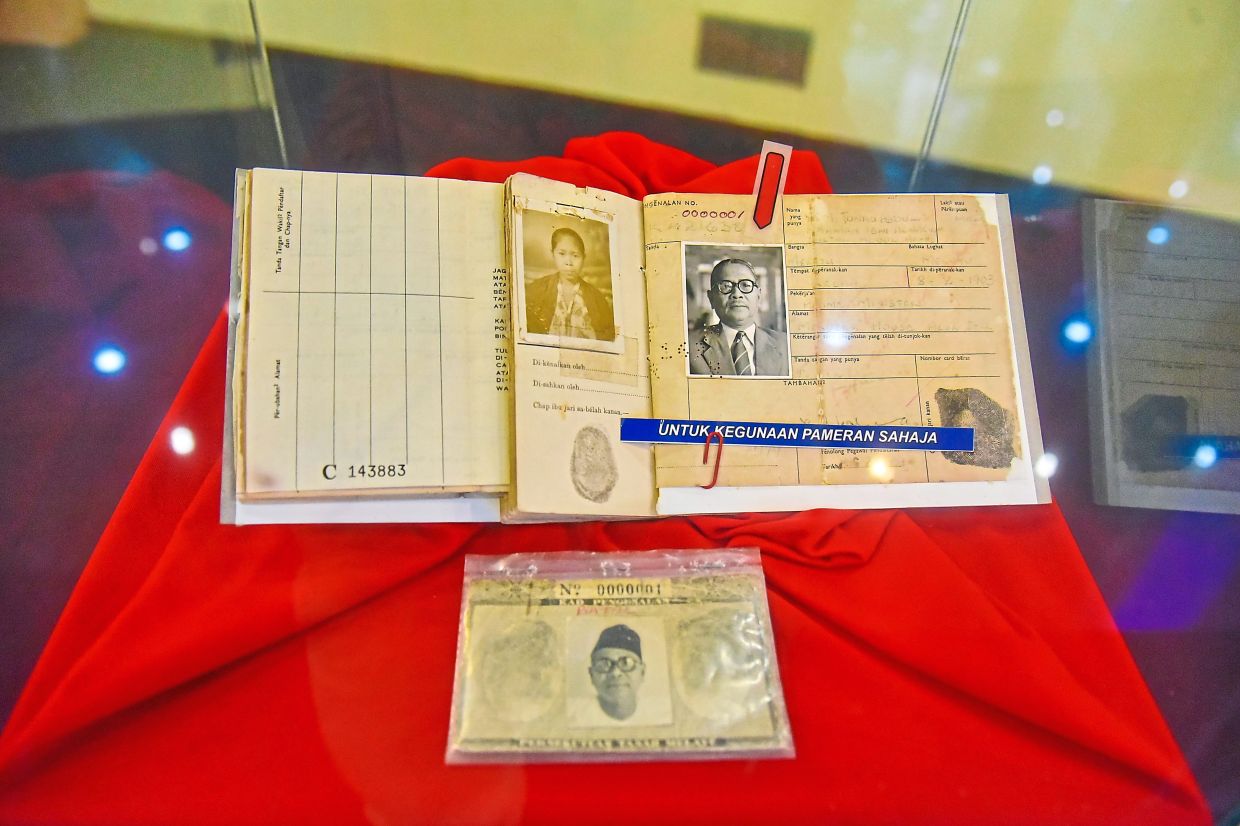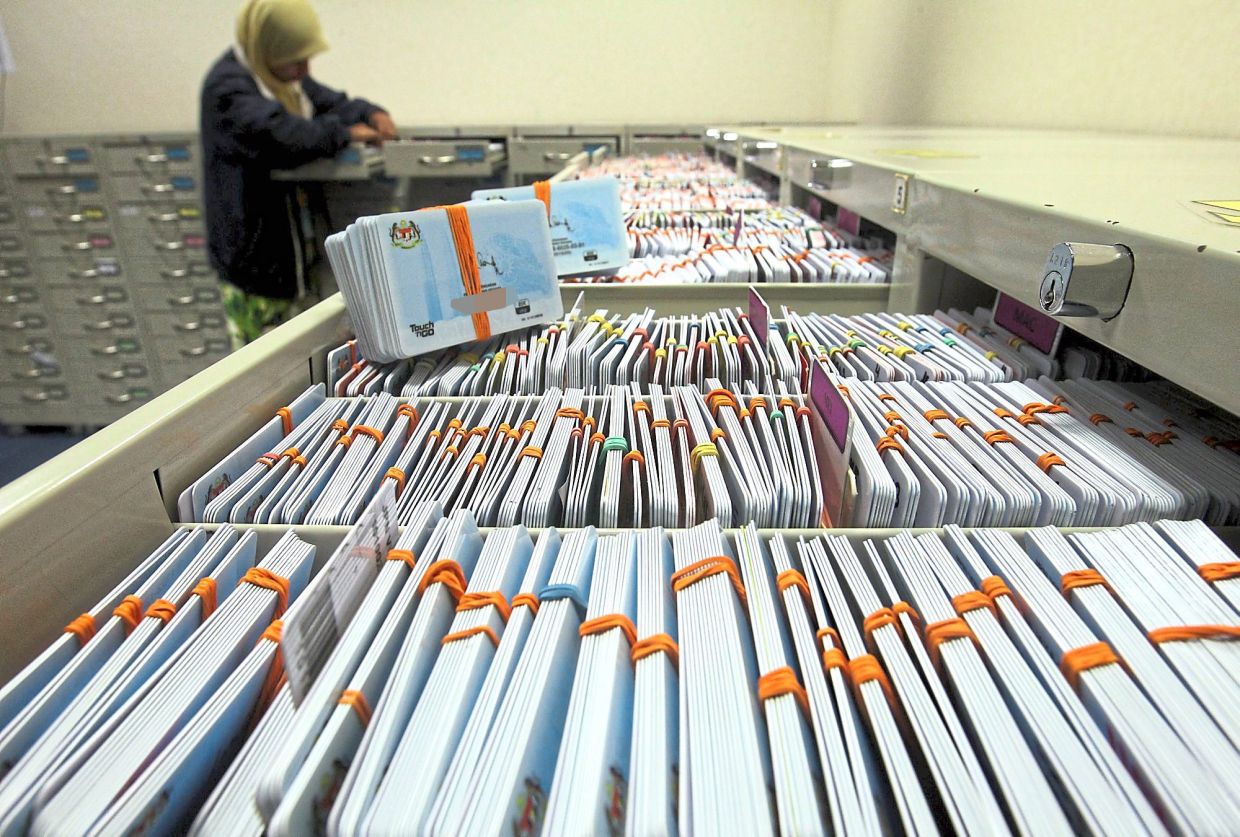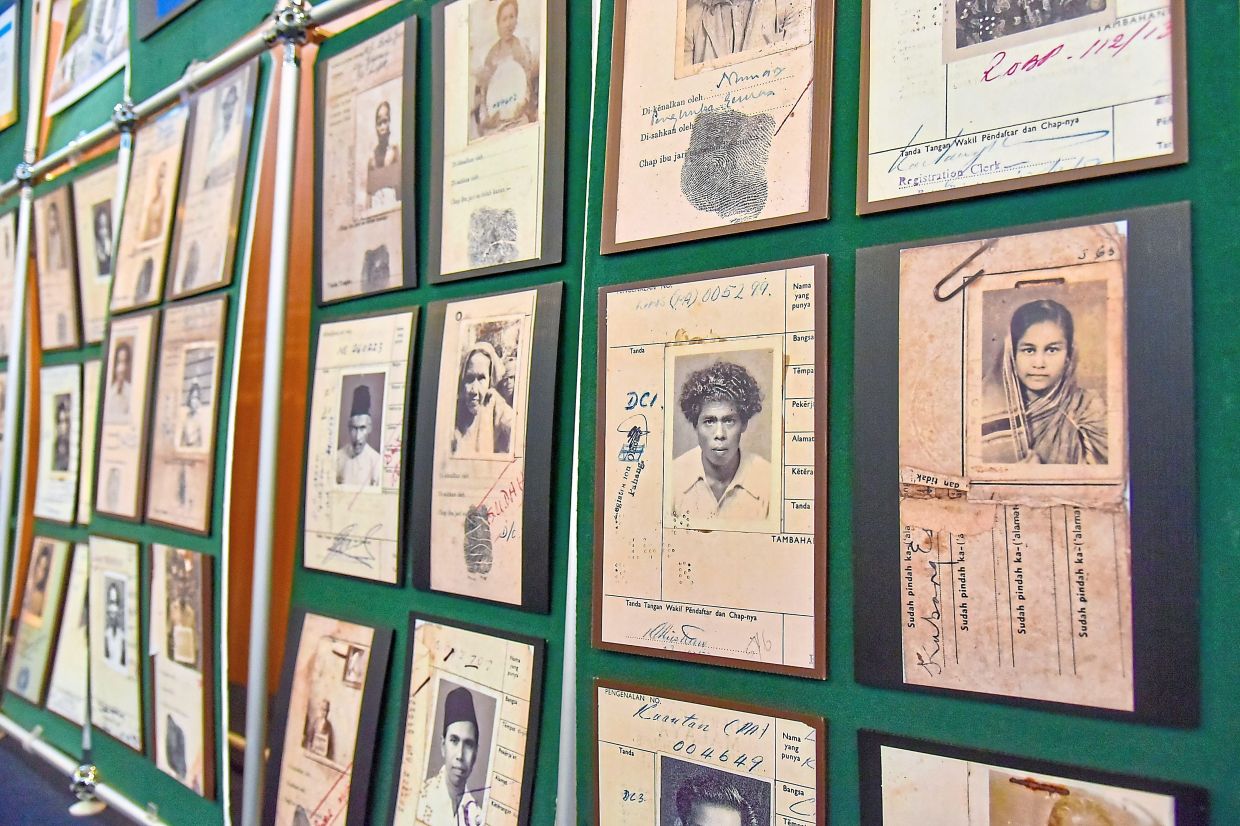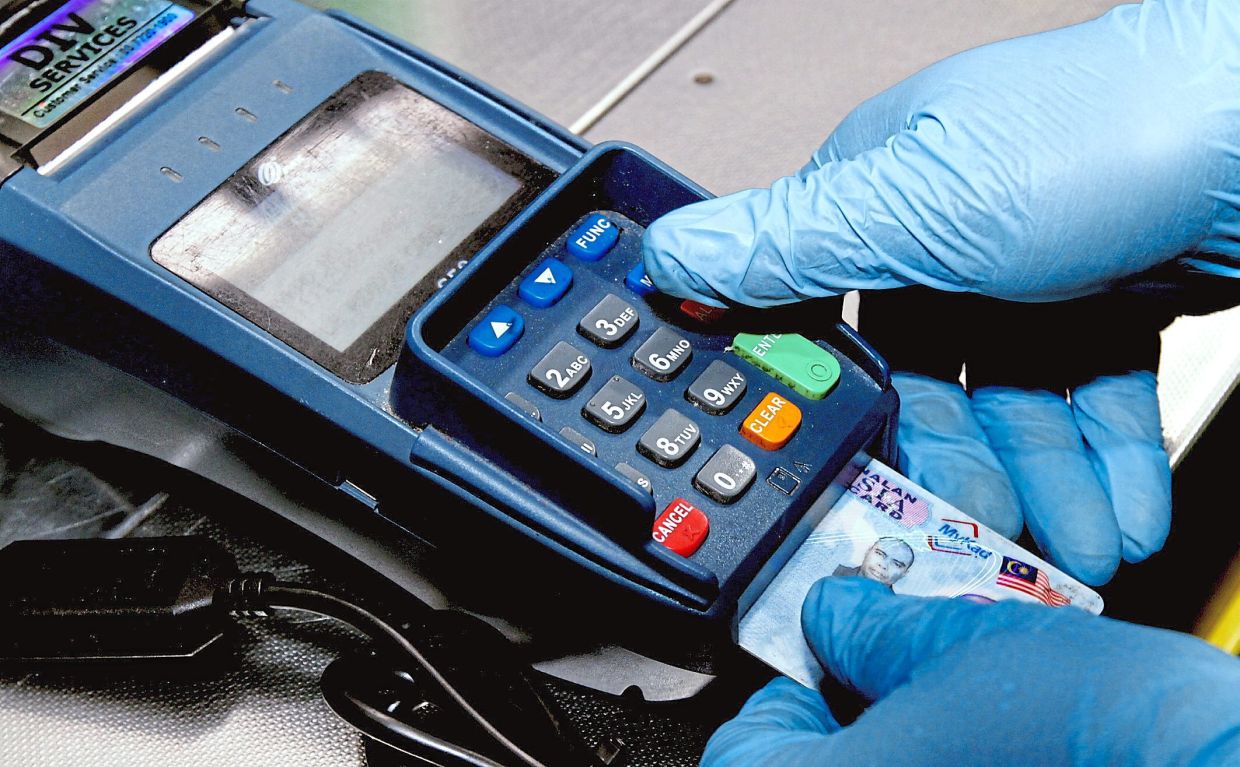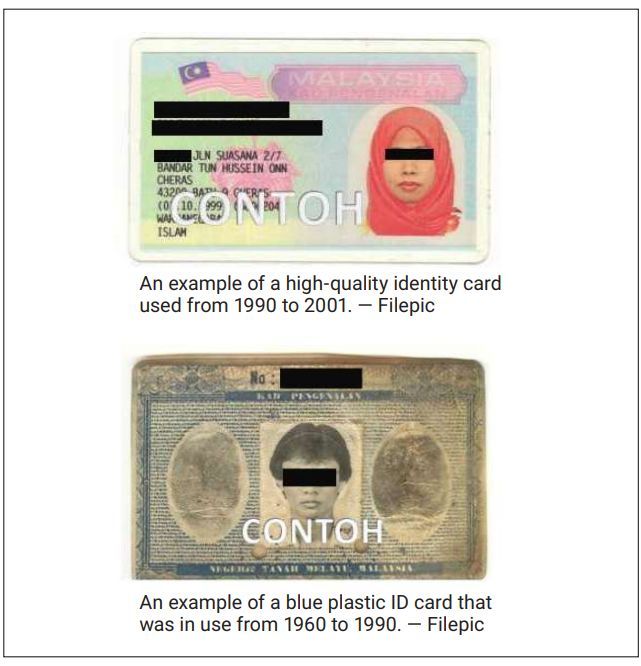With less than half a month to go before the military parade marking the 80th anniversary of the victory in the Chinese People's War of Resistance Against Japanese Aggression and the World Anti-Fascist War, the State Council Information Office held a press conference on Wednesday morning to brief the media on the preparation work. According to the briefing, the parade will last about 70 minutes. Troops participating in the parade will be lining up in formations along Chang'an Avenue in Beijing, and they will be reviewed by Xi Jinping, general secretary of the Communist Party of China (CPC) Central Committee, Chinese president and chairman of the Central Military Commission. This upcoming historic moment is drawing increasing anticipation and global attention by the day.
The parade will feature many highlights, with several "firsts" being disclosed to the public, further enhancing the significance of the September 3 event. According to the briefing, all the armaments to be displayed are domestically made and in active service, with a large share being unveiled for the very first time. These include widely anticipated star equipment. Some of the country's strategic land-, sea-, and air-based assets, as well as advanced precision strike systems, unmanned and counter-unmanned equipment, will also make their debut. This fully demonstrates the PLA's formidable capability to safeguard national sovereignty, security, and development interests, as well as to uphold world peace. For the Chinese people, the sense of excitement and pride is natural.
For the world, this parade carries equally significant messages. First and foremost, the international community will more deeply perceive from the parade that the forces of peace is stronger than ever. The V-Day parade will not only showcase the continued inheritance of the great spirit of war-resistance in the new era, but also stand as a solemn declaration to the world: to uphold the correct historical perspective on World War II (WWII), to firmly safeguard the post-war order, and to resolutely defend international fairness and justice.
At a time when world peace faces new challenges, armed conflicts erupt frequently, and some countries attempt to weaken the authority of the UN, countries like China have borne in mind their mission and become steadfast defenders and guardians of the post-war international order. The more fully this parade demonstrates China's strength, the greater the likelihood of driving forward orderly and constructive transformation of the international system under peaceful conditions, consolidating the post-war order, and upholding fairness and justice.
Secondly, from the formations on parade, the world will see not only a modernized military and advanced weaponry, but also a confident, open, and responsible China.
Among today's major powers, China is one of those that most cherish peace, possess the broadest international vision, and bear the strongest sense of global responsibility. This is reflected not only in its restraint on specific issues such as the South China Sea and border frictions, but also in its consistent emphasis on resolving regional hotspots through dialogue and consultation. At the same time, a Chinese military "capable of fighting and winning wars" has effectively deterred dangerous forces that seek to incite conflicts, provoke confrontation and revive militarism, becoming an important force for shaping regional peace and stability. History has repeatedly proven that China is a nation that loves peace, and this military parade will once again send this message to the international community.
This parade will also be a display of historical justice. The victory in WWII was the outcome of the global anti-fascist alliance, which transcended ideological and national interests to stand shoulder to shoulder against aggression. It was a great triumph of justice over evil, light over darkness, and progress over reaction. For 14 years, the Chinese people, through arduous resistance and immense sacrifice, opened up the decisive front of the war in the East, making a major contribution to the ultimate victory. Yet after the Cold War, some forces, driven by geopolitical self-interest, promoted a "Western-centric" narrative of the war, leading to distortions and misinterpretations of its outcome, which is an important source of today's international instability. China's V-Day military parade, in its solemn form, reminds the world that only through unity and cooperation, through a shared destiny, can humanity meet global challenges together.
As Xi has profoundly pointed out: "Every increase of China's strength is an increase of the prospects of world peace." China has always been a builder of world peace, a contributor to global development, and a defender of international order.
By serving as a source of positive momentum for the reform of the global order, and by adhering to the vision of global governance based on consultation, joint contribution, and shared benefits, China will continue to provide reliable public goods for world peace and stability. What people will read from the V-Day military parade is China's unremitting effort to safeguard peace, uphold justice, and advance the building of a community with a shared future for mankind. - lobal Times editorial
Land, sea, air-based strategic weapons, hypersonic weapons to debut at V-Day military parade
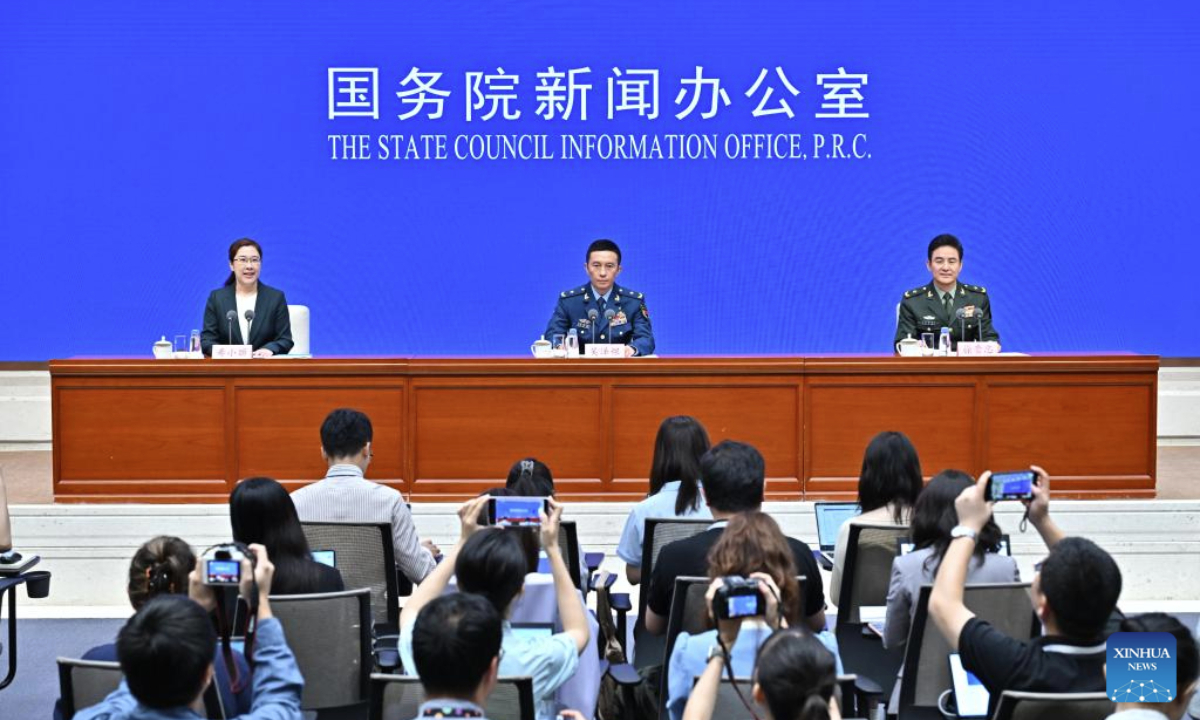
A press conference on V-Day military parade preparations is held by the State Council Information Office in Beijing, capital of China, Aug. 20, 2025. (Xinhua/Li Xin)
Some of China's land, sea, air-based strategic weapons and hypersonic weapons are set to make their debut at the V-Day military parade on September 3 in Beijing, and the preparations for the military parade have been basically completed, according to a press conference hosted by China's State Council Information Office on Wednesday.
Experts said the military parade, marking the 80th anniversary of the victory in the Chinese People's War of Resistance Against Japanese Aggression and the World Anti-Fascist War, will contribute to safeguarding China's sovereignty, security and development interests, as well as peace and stability in the region and the world.
At the press conference, Wu Zeke, a senior officer of the Joint Staff Department of the Central Military Commission, and Xu Guizhong, a senior officer from the Central Theater Command of the People's Liberation Army (PLA), outlined preparations for the upcoming parade and briefed some details of the highly-anticipated event.
Troops participating in the upcoming V-Day parade will line up in formations along the Chang'an Avenue in Beijing, and they will be reviewed by President Xi Jinping, also general secretary of the Communist Party of China Central Committee and chairman of the Central Military Commission, the Xinhua News Agency reported, citing Wu.
The military parade will be conducted in two steps: the review and the march-past, lasting approximately 70 minutes. In the march-past part, the formations will pass through Tiananmen Square in the following order: the air flag guard echelon, the foot formations, the battle flag formations, the equipment formations, and the air echelons. A total of 45 formations/echelons are arranged for this parade, Xinhua reported.
The equipment formations are organized into joint operational groups in a combat-oriented manner, including the land operations group, maritime operations group, air and missile defense group, information operations group, unmanned operations group, logistics and equipment support group, and strategic strike group, among others, Xinhua reported.
The air echelons are organized in a modular and systematic manner, consisting of advanced early warning and command aircraft, fighter jets, bombers, transport aircraft and more. They basically cover the main active-duty aircraft types of the Chinese military, with some making their public debut for the first time, according to the Xinhua report.
Some land, sea, and air-based strategic weapons, hypersonic precision strike weapons, and unmanned and counter-unmanned equipment are set to be displayed to the outside world for the first time, per Xinhua.
The number and models of equipment to be reviewed at the parade will exceed 100, CCTV News reported.
All the weaponry and equipment on display in the upcoming military parade are domestically produced active-duty main battle equipment, according to the press conference. This event showcases a concentrated display of the new generation of weaponry and equipment of the Chinese military following the National Day military parade in 2019. Its main features are as follows: It highlights new fourth-generation equipment as the main body, demonstrating the Chinese military's system combat capability; it showcases the Chinese military's new domain and new quality combat capabilities; and it displays the Chinese military's strong strategic deterrence capability, Xinhua reported.
The military parade will feature new fourth-generation equipment as the core, including advanced tanks, carrier-based aircraft and fighter jets, organized into operational modules to demonstrate Chinese military's system-based combat capability. A selection of new forces, covering land, sea and air unmanned intelligent and counter-unmanned systems, as well as cyber and electronic warfare units, will also take part, with equipment such as new drones, directed-energy weapons and electronic jamming systems, showcasing Chinese military's new-domain and new-quality combat capabilities. In addition, a range of advanced equipment, including hypersonic weapons, air and missile defense systems and strategic missiles, will be unveiled to highlight Chinese military's strong strategic deterrence. The specific models of weapons and equipment in the parade will be revealed soon, according to CCTV News.
Song Zhongping, a Chinese military affairs expert, told the Global Times on Wednesday that with all weaponry and equipment to be reviewed at the military parade being domestically built, the event is expected to highlight China's complete defense industrial sector and the country's technological capabilities in national defense.
Items such as hypersonic weapons and unmanned equipment mentioned at the press conference represent some of new-domain and new-quality combat forces in modern warfare, and they could be among the biggest highlights of the parade, according to Song.
Wang Yunfei, another Chinese military affairs expert, told the Global Times on Wednesday that he looks forward to seeing the land, sea, and air-based strategic weapons that were mentioned at the press conference.
At present, all preparations for the upcoming military parade have been basically completed. All the officers and soldiers taking part in the parade will present themselves in high spirits to be reviewed by the Party and the people on September 3 together, a victory day worthy of eternal commemoration by the people of the world, Xinhua reported.
Remembering history, safeguarding future
This military parade is an important part of the commemorations of the 80th anniversary of the victory of the Chinese People's War of Resistance Against Japanese Aggression and the World Anti-Fascist War. It is meant to remember history, commemorate the martyrs, cherish peace, and look to the future, Wu said at the press conference on Wednesday, CCTV News reported.
The Chinese People's War of Resistance Against Japanese Aggression started the earliest and lasted the longest. Under the banner of the National United Front Against Japanese Aggression initiated and established by the Communist Party of China, the Chinese people fought bravely and with unity and purpose. They made enormous national sacrifices for the victory in the main Eastern battlefield of the World Anti-Fascist War. They pinned down and eliminated the main force of Japanese imperialism for a long time, wiped out more than 1.5 million Japanese troops, and achieved the great victory of the War of Resistance Against Japanese Aggression, making a major contribution to the victory of the World Anti-Fascist War, Wu noted.
The military parade, which will display China's latest weaponry and equipment, should be viewed as China's effort to defend national sovereignty, security and development interests, as well as to safeguard peace and stability in the region and the world amid a complex global security situation, deterring those forces that stir up trouble, said Song, the military affairs expert.
China will not bully any one, but it will also not allow the history of being bullied to repeat itself, Song said.
Echoing Song, Wang said the event is expected to serve as a reminder that China is ready to defend its national sovereignty, territorial integrity and safeguard peace. He reiterated that China's defense policy is defensive in nature, no matter how advanced China's weaponry and equipment have become. - official
- Leaders from Indonesia, Malaysia, Vietnam, Cambodia, Laos and Myanmar are expected to attend next month’s Victory Day event in Beijing Dew...




